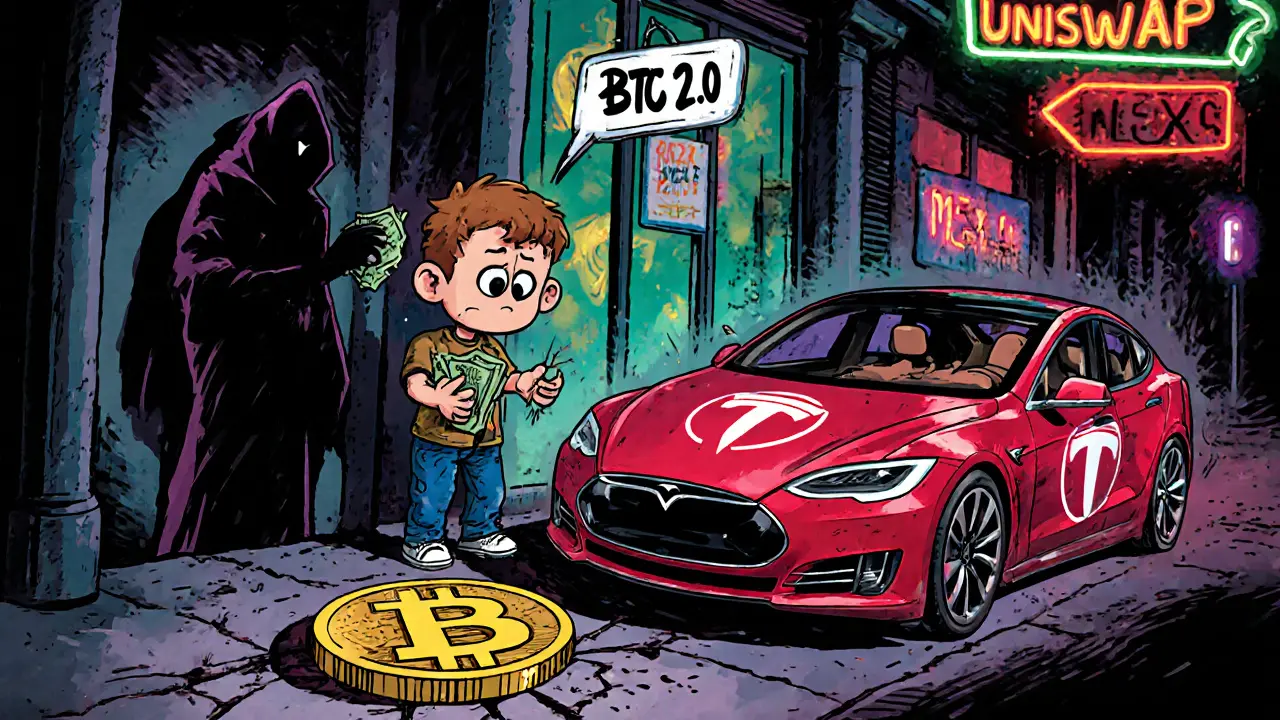ERC-20 Token: What It Is, Why It Matters, and How It Powers Crypto
When you buy a crypto token like Chainlink, Uniswap, or Aave, you’re probably holding an ERC-20 token, a standardized digital asset built on the Ethereum blockchain that lets different apps talk to each other. Also known as Ethereum Request for Comment 20, it’s not a coin like Bitcoin — it’s a rulebook that tells developers how to build tokens that work everywhere on Ethereum. Without ERC-20, every new token would be a weird alien language no one else could read. This standard made it possible for wallets, exchanges, and DeFi apps to support thousands of tokens without rewriting their code each time.
Behind every ERC-20 token is a smart contract, a self-executing piece of code on Ethereum that automatically handles token transfers, balances, and rules. Think of it like a vending machine: you put in ETH, it spits out your token. The contract defines things like total supply, how many tokens each address owns, and who can send or receive them. This is why you can send a token from MetaMask to Binance or Uniswap — they all speak the same language. But here’s the catch: just because a token follows ERC-20 doesn’t mean it’s safe. Many scams use the standard to look legit while having no real value or team behind them.
ERC-20 tokens aren’t just for trading. They power DeFi lending, staking rewards, governance votes, and even in-game items. Projects like Aave let you earn interest by lending ERC-20 tokens. Uniswap uses them to let users trade directly from their wallets. And when you vote on a proposal for a DAO, you’re often using an ERC-20 token as your voting power. But this same flexibility causes problems. Sending an ERC-20 token to a Bitcoin address? It’s gone forever. Mistaking USDT on Ethereum for USDT on Tron? You’ll lose money. That’s why understanding the network matters as much as the token name.
Not all tokens use ERC-20. Some, like SOL or ADA, run on their own chains. Others, like USDC, exist on multiple networks — but the version you hold determines what you can do with it. That’s why checking the blockchain before sending is non-negotiable. Even big names like Shiba Inu or Dogecoin have ERC-20 versions on Ethereum, even though they started elsewhere. So when you see a token, ask: Is this the real thing? Or just a copycat riding the ERC-20 name?
The posts below dive into real-world examples — from airdrops tied to ERC-20 tokens like RACA and ART, to exchanges built for tokens on Ethereum and its sidechains. You’ll find breakdowns of scams pretending to be ERC-20 projects, guides on how to claim tokens safely, and deep dives into how tokens like USDT.a work across different blockchains. Whether you’re new to crypto or just trying to avoid losing money, this collection cuts through the noise and shows you exactly what to look for — and what to run from.

